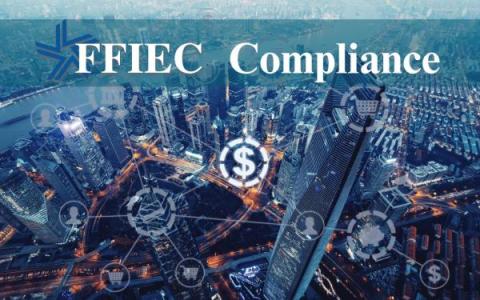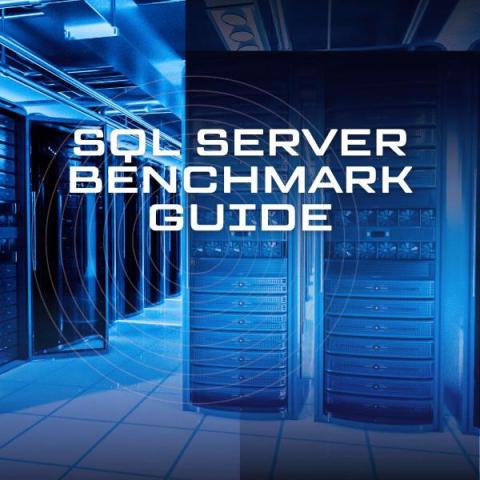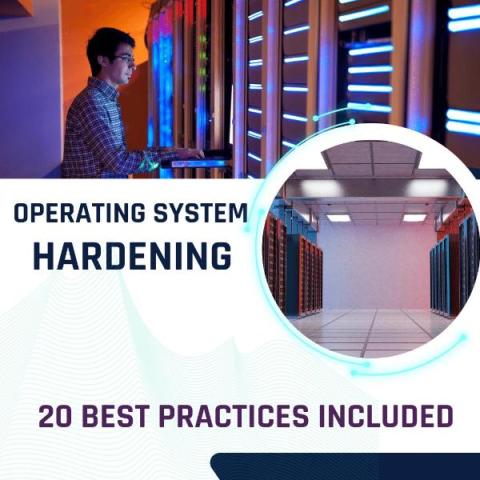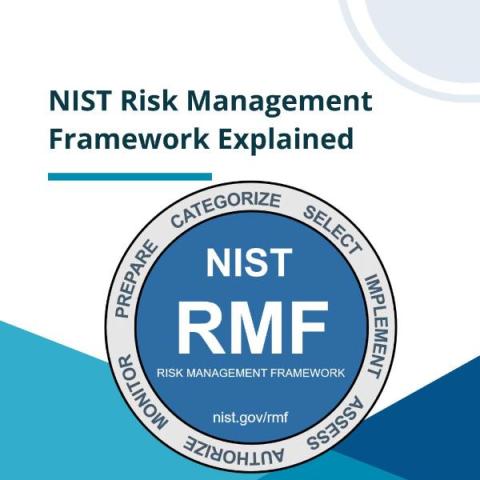What is FFIEC Compliance?
As financial institutions navigate the ever-evolving challenges of cybersecurity, understanding and implementing the Federal Financial Institutions Examination Council (FFIEC) compliance becomes paramount. Here, we aim to be your guide, providing valuable information and practical hardening tips to help financial institutions not only meet but exceed FFIEC compliance standards. This blog will discuss.





